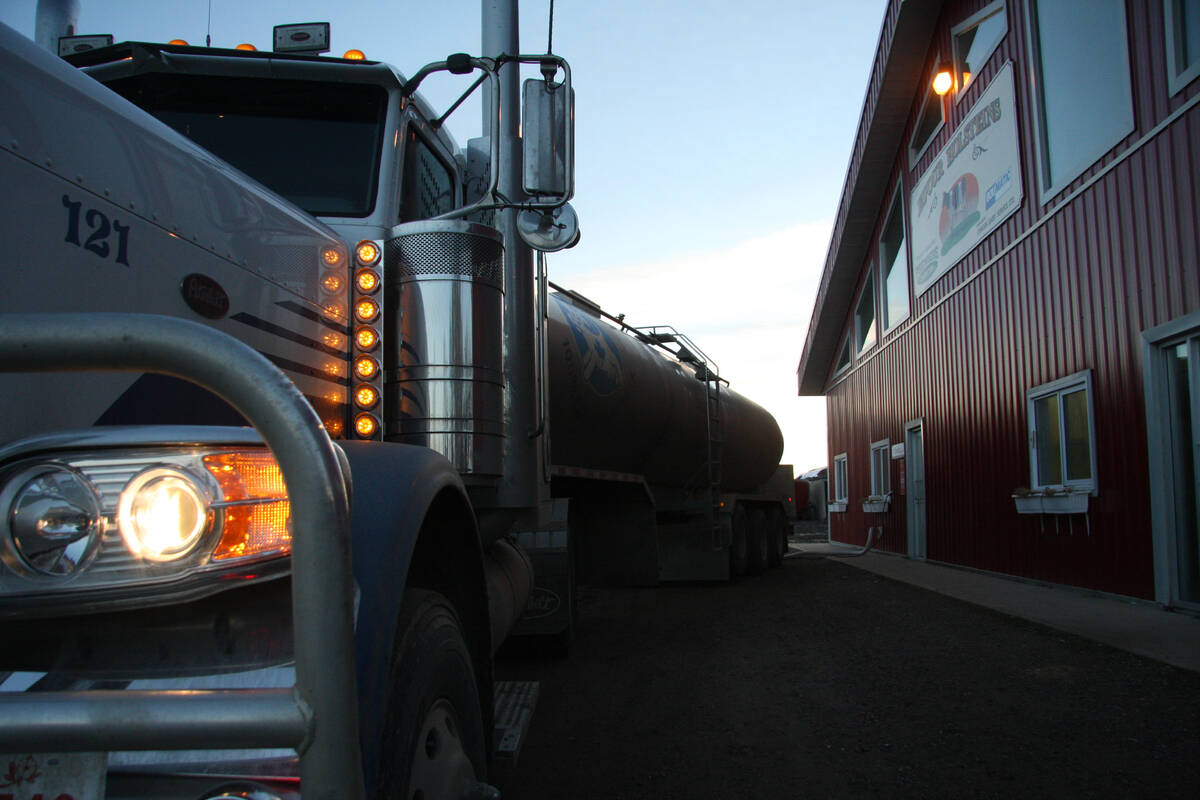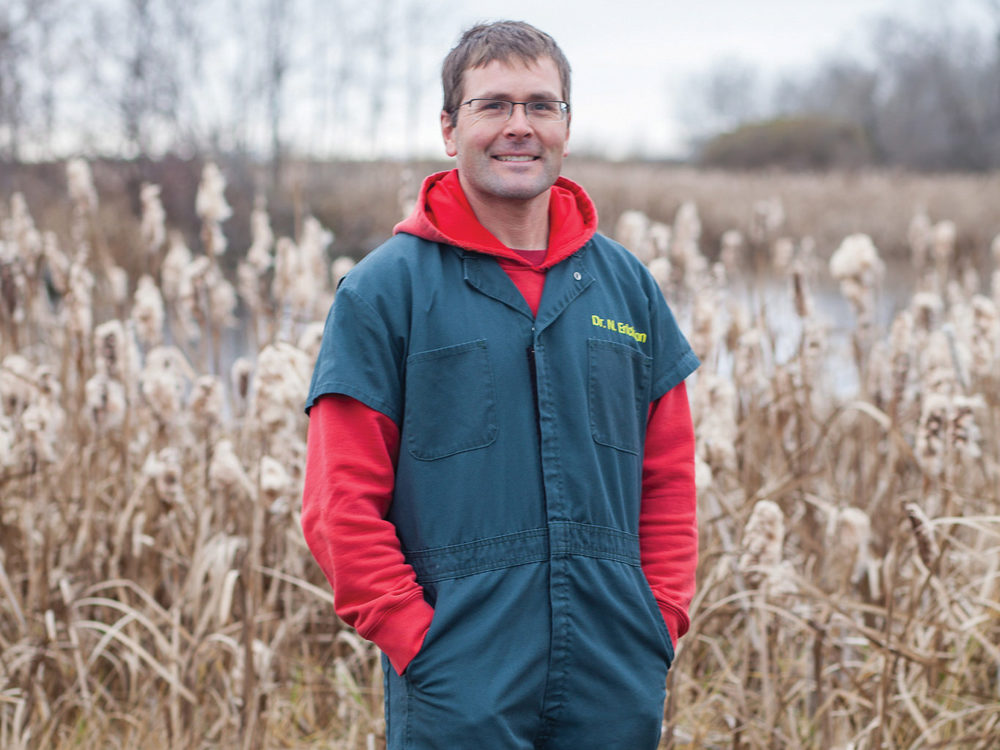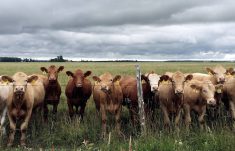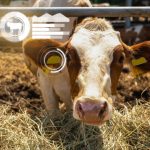Fog fever — a condition that causes cattle to suddenly drop dead — has returned to Alberta and Saskatchewan.
“Fog fever isn’t extremely common” said Nathan Erickson, a veterinarian and assistant professor at the University of Saskatchewan. “Some of these old diseases, we start forgetting about them because we’ve managed our way out of them. Then we take for granted some of our management and we slip back into old habits.”
Fog fever, also known as acute bovine pulmonary edema and emphysema, typically affects mature cattle. This type of pneumonia usually appears when animals are moved from a drier, more mature pasture to a lush, fast-growing pasture.
Read Also

Milk transportation requires intricate logistics
Alberta Milk explains transportation system in Western Canada which sees millions of litres cross borders
Fog fever will flare up about four days to a week or so after cattle are turned onto lush pasture. Unfortunately, it’s rare to catch clinical signs of the condition, although a few cases have been confirmed this summer.
“We generally just see a few animals that are suddenly dead,” said Erickson. “If you do happen to catch it early, you might see an animal going down, rapidly breathing, head extended, (and) really working to try to get air into their lungs.”
That’s because the animal’s lungs are filling with fluid. Desperate for breath, cattle will stretch their heads and legs out, trying to increase their lung capacity. Other symptoms include grunting and laboured breathing, with obvious signs of distress.
The condition is usually seen in fall when animals are turned onto a cereal crop or a field that was going to be used for a second cut of alfalfa.
“The key is that it has to be green and lush,” said Erickson. “Once they start eating it, there’s a chemical in the plant called tryptophan that gets converted in the rumen to another chemical compound called 3-methylindole.”
Once 3-methylindole gets into the bloodstream, it causes fluid to get into the lungs.
“That’s when we get interstitial pneumonia and it is quite rapid,” said Erickson.
Any producer who sees these symptoms should contact their veterinarian immediately. However, treatment is rarely successful, and in severe cases, the animals usually die. Any producer who finds dead animals in a pasture should contact a veterinarian for a necropsy.
“Really, it’s about prevention. If you are in the middle of an outbreak, it’s about stopping any more cases from happening,” said Erickson.
Little is known about the condition, and it can occur in both wet and dry years.
The only thing producers can do to prevent it from occurring is to exercise caution when moving animals from a dry pasture onto a lush one. They should be introduced to smaller sections using an electric fence, and transitioned slowly onto the new pasture.
“Eventually over time, you can give them more and more access. It’s just a transitional thing for them to go through.”
If a producer spots any animals who are having trouble breathing, they should handle them gently and move them slowly because the stress of handling can cause death.
“Let them walk as slowly as they want to walk,” said Erickson.
















